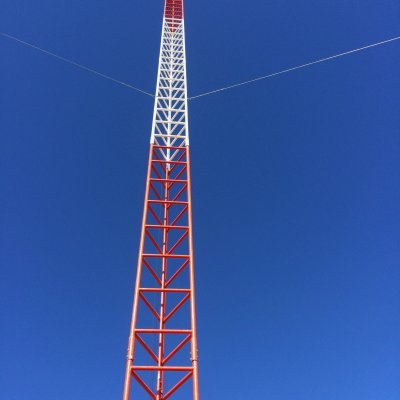Renewable energy in Bay Islands, Honduras
Nordic Development Fund (NDF) provides grant to develop a renewable energy strategy and investment plan for the Bay Islands in Honduras.
The Honduran Bay Islands forms the southern end of the Mesoamerican Barrier Reef System, the largest barrier reef in the western hemisphere, the second largest barrier reef in the world. The biodiversity of the reef is very high with hundreds of fish species, coral reefs, sea turtles, whale sharks, pink boas, dolphins, and different kind of birds. In spite of its diversity and richness, urban development and the increasing tourism activities threaten the fragile Bay Island ecosystem.
The islands depend on fossil fuel for electricity generation by private utilities, which use inefficient thermal units burning diesel fuel transported from mainland Honduras. Fuel handling, oil spill and leaks are threats to the fragile ecosystem. The present situation leads to very high electricity prices and many poor families remain without access to electricity. Furthermore, the high electricity prices create barriers for development of basic infrastructure such as water supply and wastewater treatment since both depend on electricity for their operation.
The Honduran Bay Islands have strong potentials for increasing the use of renewable energy sources. There is a promising wind potential according to the national wind map and solar radiation is strong and steady. The project - a collaboration between NDF and the Inter-American Development Bank - will start the transformation of the islands into a low carbon economy through an assessment of renewable energy options and development of an energy strategy and investment plan. The plan will provide investment and other opportunities to the Government of Honduras, other Honduran organizations, development banks and the private sector, including Nordic investors and companies.

